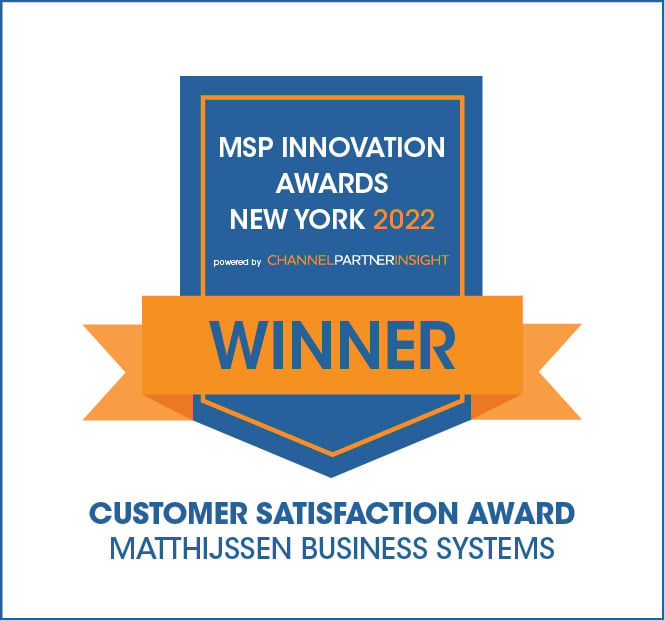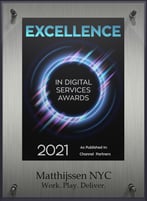Learn the Ins and Outs of the Cloud Computing Process
Though cloud computing may be abstract in the minds of users, it’s a concrete part of everyday business. In fact, it’s so integrated and intuitive that you likely use many forms of cloud computing in your life already, and just don’t think about it.
How Does Cloud Computing Work?
Cloud computing is a means of storing information outside of computer’s physical machine and hard drive – even outside of a business’s network. Instead of information residing someplace physically in your office (and taking up valuable memory and disc space), it’s stored on a server, typically provided by a third-party, that can be accessed with an internet connection. This cloud is typically made up of multiple servers and data storage systems that come together to provide requested resources.
Think about, let’s say, your Google account. With something like Google Drive, you can store your pictures, documents, PDFs, and more. However, you access these items when you have an internet connection. They don’t live and take up space on your actual laptop. Should something happen to your laptop, all the content on your Google Drive account remains safe and sound.
There are three main types of cloud computing: Software-as-a-Service (SaaS), Platform-as-a-Service (PaaS) and Infrastructure-as-a-Service (IaaS). They’re defined by the actions that they allow users to take. SaaS is a type of cloud computing that lets you consume (think emails, content management tools, and ERPs). Rather than purchasing software packages for employees to install on their computers each time one of these resources is needed, with SaaS you can simply provide them with a login to that same resource hosted on the cloud. That’s fewer physical resources and fewer man-hours spent on installation. And, software hosted on the cloud updates automatically and regularly – no in-house IT experts needed!
A PaaS form of cloud computing allows you to build on it. It’s a place your business can do things like develop applications, access the web, or stream content. A PaaS may be the form of cloud computing your business uses to power its product or service.
The IaaS form of cloud computing is what your business can use to support its infrastructure. It might include things like network hosting, security provisions, file storage, and system management.
Though many forms of cloud computing share resources between users (for example, a cloud software service may divide bandwidth between multiple companies), know that you can opt for private cloud networks. This is important given that cloud computing has received attention for its previous vulnerabilities to hacking. Your business can use a virtual private network to access a cloud that’s not shared with anyone else, ensuring it’s secure and private.
The Benefits of Cloud Computing
Increase Long-Term Efficiency: Significantly increase the amount of storage space and the amount of resources at your disposal, at a relatively low cost. New servers can be expensive investments with complicated installation requirements.
Reallocate IT Efforts: Without as many physical servers, your business doesn’t need as much onsite IT support; your third-party cloud provider has that covered. Instead, your IT team can focus on managing and optimizing its on-premise technology stack with more concerted efforts.
Gain Scalability: Cloud computing allows your business to pay only for what it needs at the time. Unlike purchasing a server with an abundance of excess space, you pay for the smaller amount of cloud space you need today. When your needs change, you can easily upgrade your cloud package online, rather than purchase another server.
Ultimately, cloud computing is less complex than it sounds, and has ushered in a number of benefits to businesses of all sizes. The cloud is here to stay. In fact, today 86% of companies spend at least some of their IT budget on cloud services, according to a study by the Cloud Security Alliance.
Have a question about cloud computing for your company or want to learn more about other business technologies? Reach out to the business systems experts at Matthijssen today!












